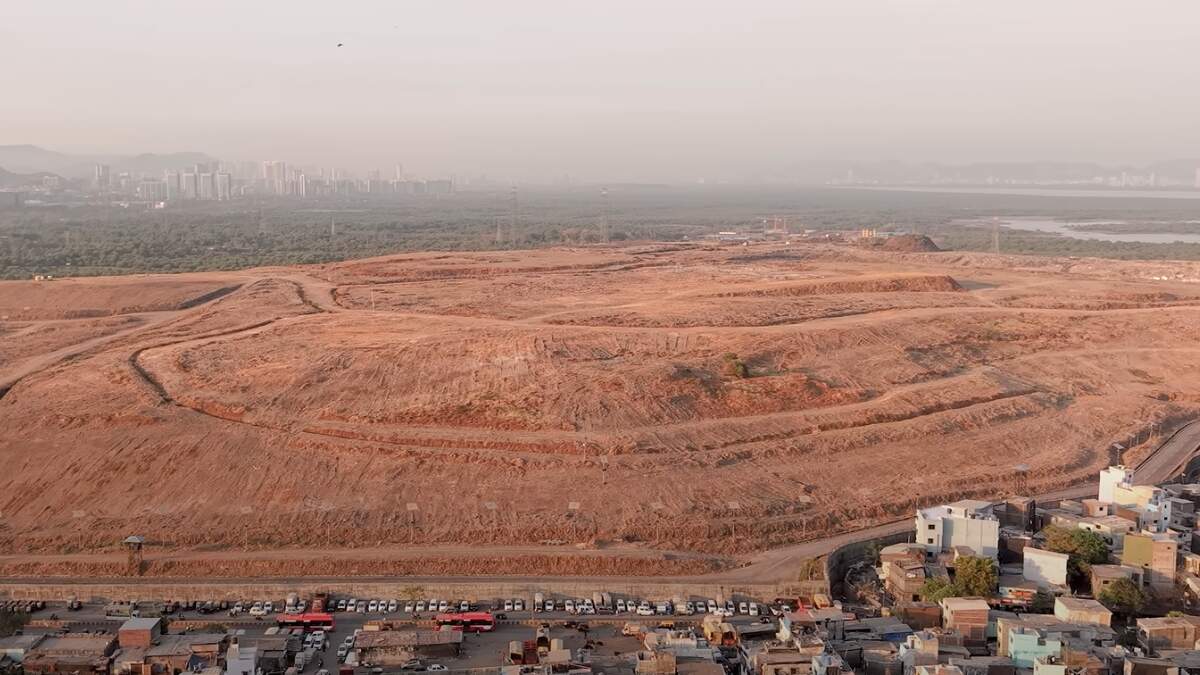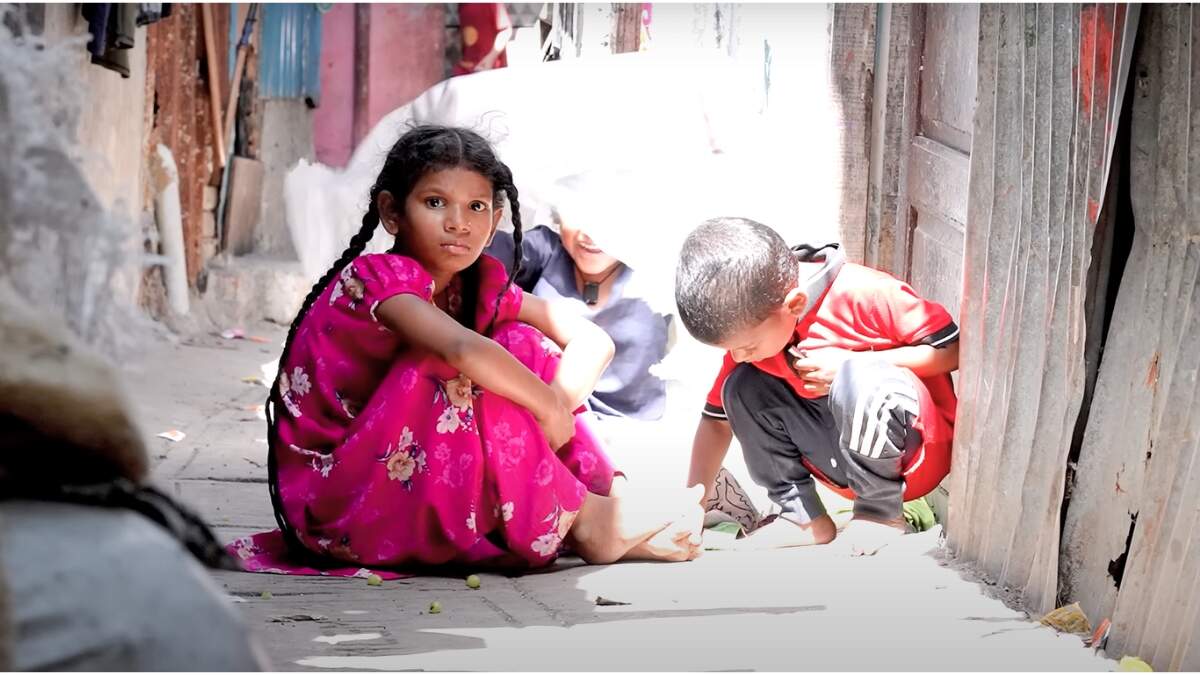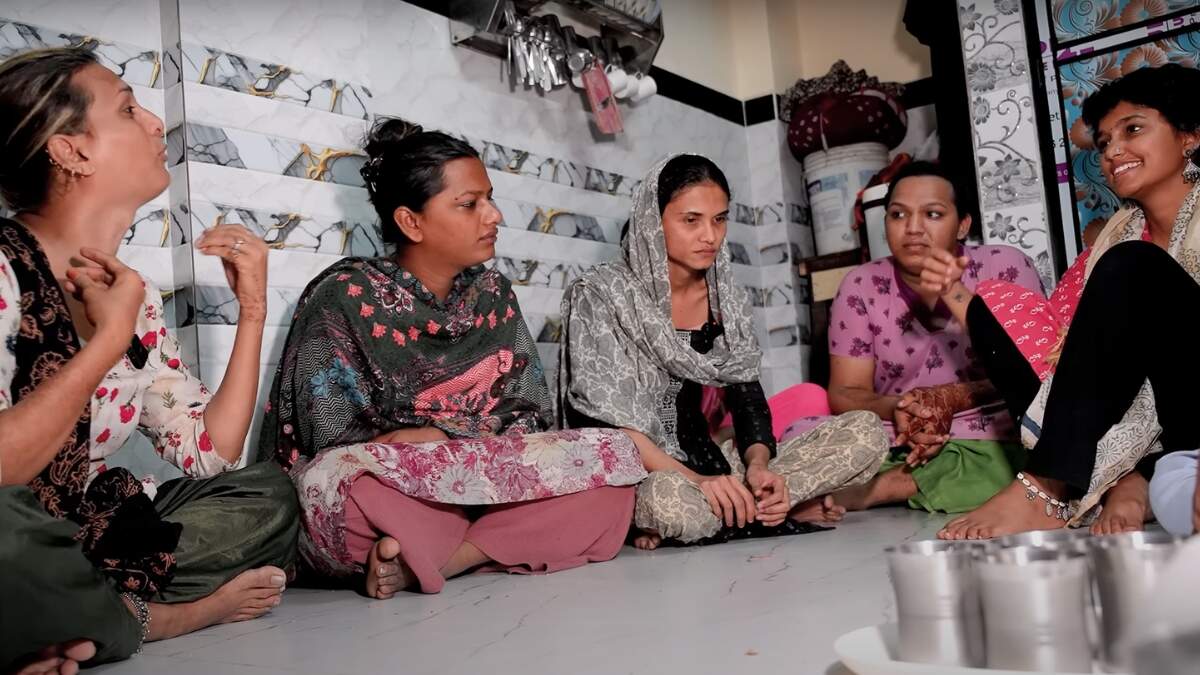Mumbai’s Dnar Dumping Ground: Life on Trash and Hopes for Change

Mumbai’s Dnar Dumping Ground: In the heart of Mumbai, far from the glittering skyline, lies Dnar Dumping Ground, Asia’s largest and India’s oldest landfill, now a grim settlement for nearly 2 lakh people. This mountain of garbage—spanning an area equivalent to 200 football fields—is more than just a waste site; it’s a living, breathing community struggling under crushing poverty, health hazards, and neglect.
Fragile Lives on a Garbage Mountain
The living conditions at Dnar are almost unthinkable. Residents build their homes from blue tin sheets, barely holding out during Mumbai’s monsoon. Families of six or seven often share a single cramped space. When it rains, gutters overflow into the lanes, turning streets into open sewers. Makeshift wooden planks or old doors serve as paths to avoid stepping into filth.
For people with disabilities or the elderly, navigating this treacherous terrain is even more dangerous. One polio survivor shared how she regularly falls into broken gutters while moving around on crutches. Flies, mosquitoes, and infectious diseases are constant threats, worsened by the near-complete absence of sanitation infrastructure.

A Public Health Crisis in Slow Motion
The life expectancy in Dnar is reportedly half that of the national average. Few residents live beyond 40. Malaria, typhoid, and skin infections are rampant. Water supply is unreliable—available for just two hours a day—and often contaminated, described as red or yellow in color. Alarmingly, water pipes run adjacent to sewage lines, leading to frequent cross-contamination.
Medical emergencies are common and tragic. Waste pickers, in particular, face high risks. Some have lost limbs, and others have even died, crushed by bulldozers while working.
Special Thanks:This story wouldn't have been possible without the eye-opening video by KK Create.
Drug Abuse: A Growing Epidemic
Drug addiction plagues the community, especially among youth. From white corrector fluids to cannabis and other narcotics, substances are both cheap and easily accessible. Addiction often leads to violence and worsens the poverty cycle. In one heartbreaking account, a resident described how her father lost an eye during a fight linked to drug use.
The cost of addiction—both emotional and financial—is devastating. Many people spend ₹100–120 a day on substances, far more than what they earn doing physical labor or waste picking.

Survival, Art, and Small Wins
Despite overwhelming odds, resilience thrives in Dnar. Women sew sequins onto clothes for ₹6 to ₹8 per piece. Ragpickers earn around ₹1200 monthly by sorting recyclable material. Communities offer emotional support to those shunned by society—like the transgender community, which has found shelter and dignity here.
There’s also a quiet revolution through education. A tuition center, run by local youth, teaches over 100 children daily. The hope is that this next generation will escape the cycle of poverty. Art also serves as expression—young rappers use music to tell their stories and amplify unheard voices.
Government Plans Raise Concern
While the Brihanmumbai Municipal Corporation has announced plans to clear 124 of the 300 acres, the cleanup is expected to take 12–14 years. However, instead of relocating current Dnar residents to safer zones, reports suggest the government plans to shift people from Dharavi to the reclaimed space—raising alarm about worsening overcrowding and neglect.

Changing the Narrative
Too often, places like Dnar are painted with a single brush—crime, addiction, and squalor. But this narrative ignores the humanity within. People here work hard, care for their families, and hold onto dreams. As one resident powerfully said, "If lotuses can bloom in mud, why can’t change happen here?"
The future of Mumbai’s Dnar Dumping Ground rests not just in municipal policies, but in how society chooses to see and support its most vulnerable.

